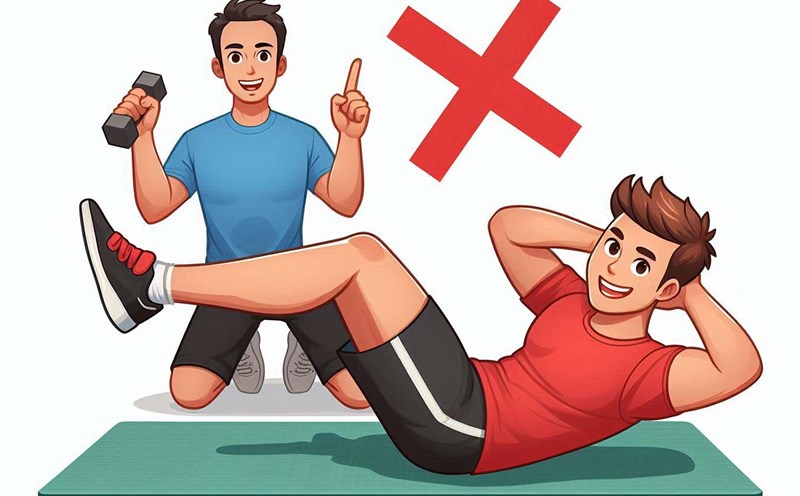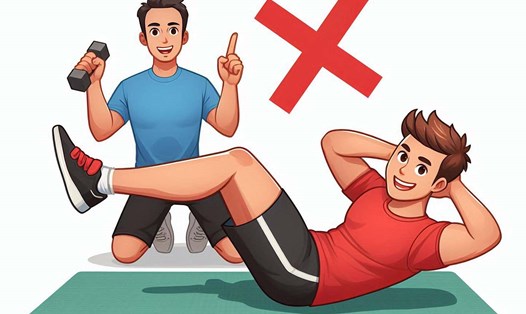What is Russian squat?
Also known as the Cossack squat, this exercise works multiple muscle groups, primarily targeting the legs and core. Unlike regular squats, this exercise involves a wider stance and a deeper squat, focusing more on the hips and inner thighs.
This exercise is often performed with kettlebells held at chest height, adding resistance and balance. Plus, a study published in the International Journal of Sports Physiotherapy found that Russian squats are a move that can be performed by people recovering from injuries.
How to do Russian squat
This exercise works multiple muscle groups, primarily targeting your legs and core. Here's a step-by-step guide to performing the Russian squat correctly:
- Place your feet wider than shoulder-width apart, toes pointing slightly outward.
- Bend your knees and lower your body into a deep squat, making sure your hips are below your knees.
- When lowering, push your knees out to the sides, keeping your back straight.
- Pause at the lowest point of the squat for a brief moment.
- Push yourself up to a standing position, squeezing your glutes and core.
- You can use kettlebells for added resistance, keeping the kettlebells at chest height throughout the movement.
Side effects of Russian squat exercise
Knee pain: If you have pre-existing knee problems or are exercising with poor form, this exercise can aggravate your knee pain.
Hip pain: Overdoing or performing Russian squats incorrectly can lead to hip pain.
Muscle Soreness: You may experience muscle soreness in your legs and torso if you are new to this exercise.
Balance issues: If you are a beginner or have difficulty with balance, you may fall or lose your balance while performing the Russian squat.










